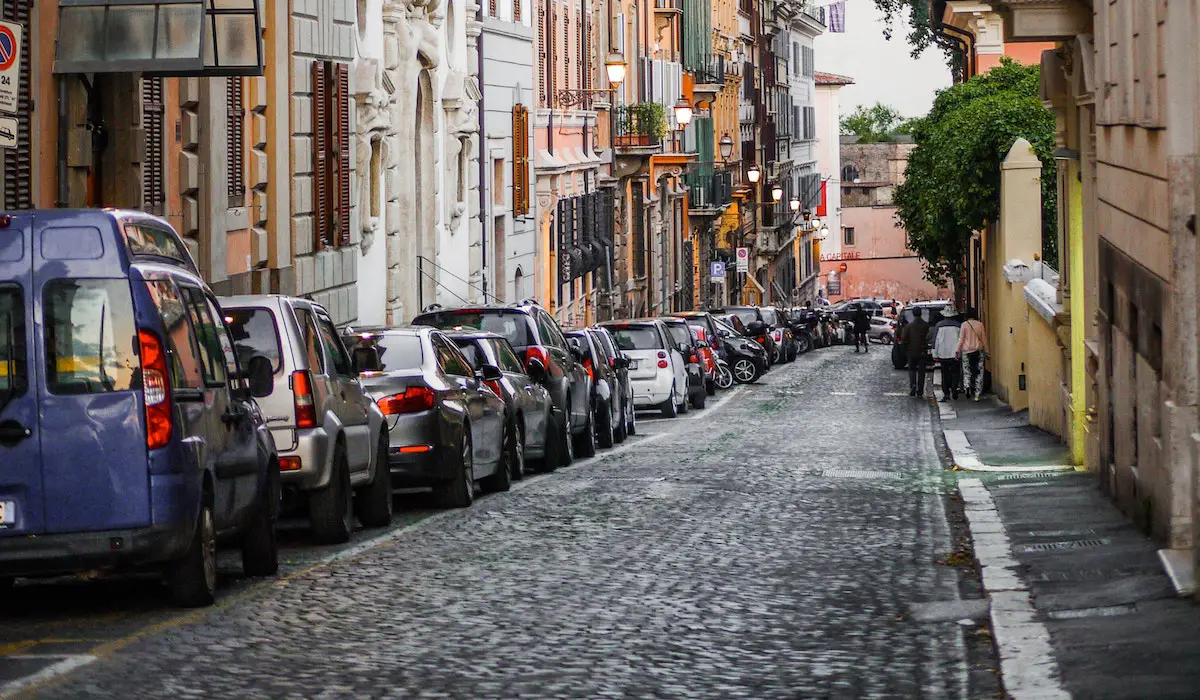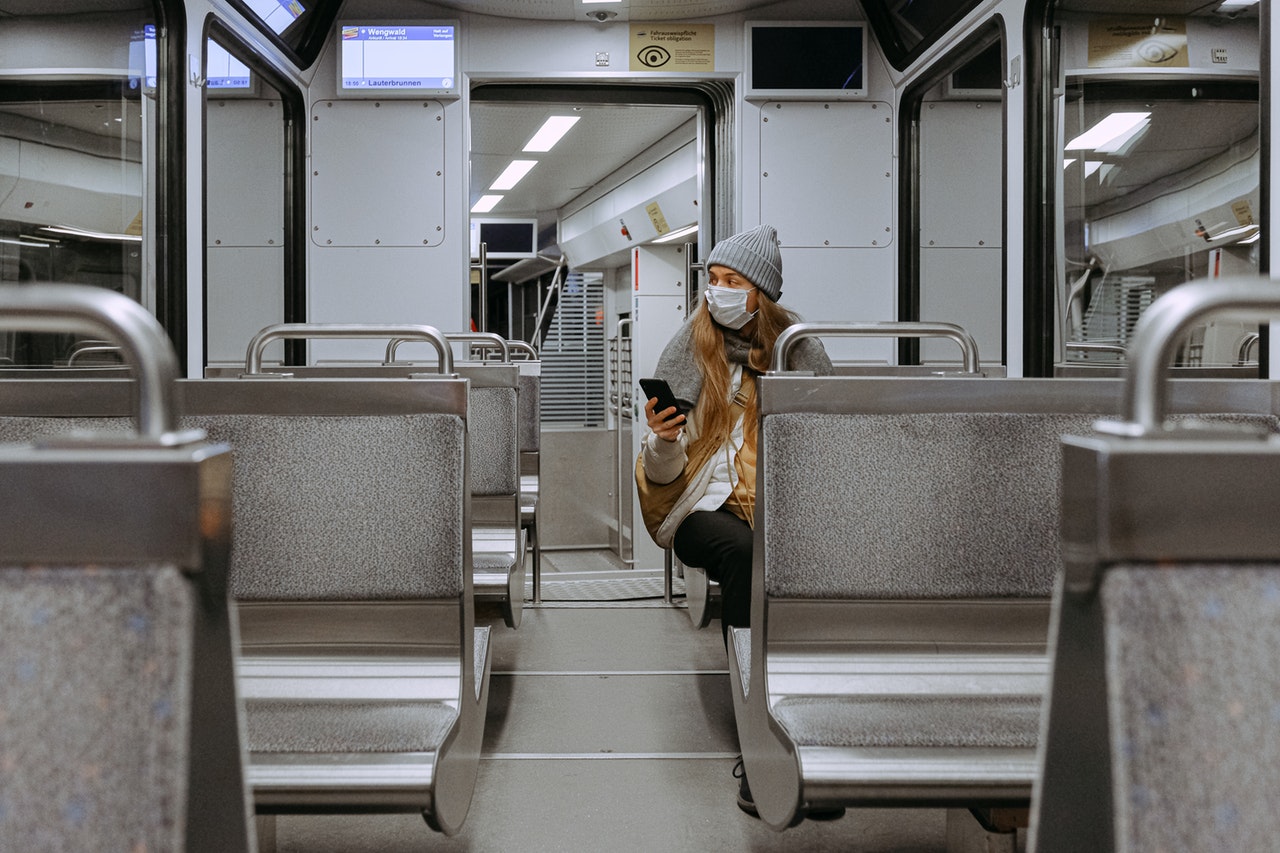Rent Gaps, Street Art and the Next Move for Gentrification in Lisbon
Marvila is a district of the Portuguese capital of Lisbon, home to around 38,000 people. To its east you’ll find the River Tagus, winding out to the Atlantic Ocean, and to its north, west and south, you’ll find wealthier, more expensive areas. Marvila is therefore a rent-gap – an area where rents are lower than they could be. I visited earlier this month, along with representatives of the University of Lisbon and the Rock Foundation, to learn about the area’s history and future.
Rent-gap theory is an explanation of the process of gentrification and refers to the difference between the current rental income of a property, or rental norms of an area, and what could potentially be achieved. As Lisbon has evolved over the last twenty years, through urban regeneration projects and mass tourism, Marvila has found itself an economic anomaly, or enclave, mostly surrounded by comparative wealth. As the gentrification creep continues in the city, the interest and attention of investors in the city has started to creep as well.
In 1992, Lisbon was selected by the Bureau International des Expositions to host the 1998 World Expo, choosing to base the event in a former dockland area north of Marvila. Plans to make the Expo financially self sustaining went beyond charging for tickets, with revenue generated from sales of property and plots. Road infrastructure was built to improve connections with the city centre. The role for the public sector was minimal, with much of the longer term construction strategy relying on the private sector. Lisbon, like many cities before and since, was following the urban neoliberal strategy of using a mega event as a tool for urban change.
After the event drew to a close, some facilities were demolished and others repurposed. Plots and buildings were sold, leaving a large public park, shopping mall, exhibition centre, indoor arena, museum and casino. Today, numerous multinational corporations are based in the area, 25,000 people live there, and millions of tourists visit every year. The site is regularly referenced as a successful example of large scale urban regeneration. And the rent? Much higher than in the southern, more central, district of Marvila.

Fast forward to 2008 and Lisbon was enacting a new urban rental regime, aiming to carefully liberalise the market after past rent freezes. Though managing the social impact of rental market change was supposedly a priority, that did not quite materialise. The impact of the Global Financial Crisis (GFC) on the country brought the European Commission, the European Central Bank and the International Monetary Fund (the European Troika) to the country, along with far-reaching financial reforms. As this was happening, the number of overseas visitors surged across Portugal, climbing from 6.8m in 2010 to 18.2m in 2016 – a 168% increase.
Many citizens of Lisbon, struggling with the GFC, changed their living situation, turning to short term rental sites to rent out their centrally-located homes. Others saw the financial opportunity of increased returns from short-term rentals. As with many cities, what were once used as homes for locals are now widely used as tourist accommodation, changing the economics and social make up of central Lisbon regions and, in many cases, pushing people further out of the city.
Some of those people landed in Marvila.

Metro, train stations and bus lines serve the area, making it possible to get into the city centre in around 20 minutes, depending on your mode and distance. Some parts are better connected than others, benefiting from road improvements designed to serve the Expo district and proximity to fast transport links. Other areas are more cut-off, sandwiched between train lines and their resulting infrastructure. Buses run up and down the modern roads that hug the River Tagus, and buildings that once served the city’s thriving docks are slowly being repurposed as housing, offices, co-working spaces, artist studios and food and drink producers. Gentrification, as my guides kindly pointed out, is “starting along the coast and moving inland.”
Head inland by a few minutes and you’ll find a lot of what you might kindly call less architecturally significant buildings. Marvila train station is surrounded on its western side by public housing, much of which was built in the 1990s to re-house those previously living in informal settlements. The decline of the Portuguese Empire, combined with the need of industrial areas in the Empire for labour, brought many Portuguese citizens of African origin to Lisbon. On arrival, many found that housing opportunities were limited or non-existent, and ended up living in what is locally referred to as ‘self-built housing’, which you may be more familiar with as informal housing, favelas, or slums.
Historical attempts at rehousing those who lived in informal dwellings typically followed the approach of moving people out from their well-located, self-built homes into purpose-built public housing developments on the outskirts of the city. However, the outskirts is a concept which changes over time. As the number of people in Lisbon grows, and the economic process of regeneration runs out of places to regenerate, the city’s once-ignored areas are being noticed again.

Marvila is now home to many entries on the gentrification bingo card. The craft brewery, upmarket bakery, heritage building converted into a co-working space, and creative industry workers enjoying lower rents. Then there’s the large, modern murals on buildings – public housing blocks in this instance.
Built in phases, these blocks were initially painted in bright colours, presumably in an attempt to distract from their form. But with some parts of the district being – quoting my guides again – “more rough than others,” the colours of the blocks ended up being used as social indicators, dividing residents based on which part of the district they are from.
Efforts are underway to introduce community facilities and cultural experiences to the area – both formally and informally. A new library was opened by the city council in 2015, and groups like the Rock Foundation are hoping to bring more life to the streets by converting ground floor properties into cafes and shops. Some nearby plots, originally intended for housing developments but yet to be built on, have been informally converted into allotments and parks, in a hint of the “self-built” background of many who call Marvila home.
More recently, the city council returned with a second attempt to use colour to inject a sense of place. The artists commissioned to paint murals on the blocks were selected by the council, not residents – something that is hard to not be cynical about. Locals are apparently ambivalent about the outcome, but tourist bus tours are now visiting the neighbourhood for the first time, stopping off to see the street art.


